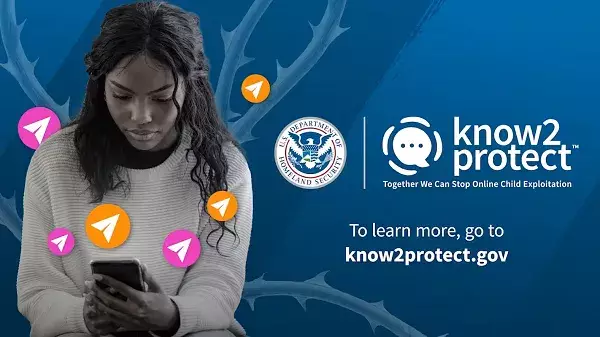In an era increasingly dominated by digital interaction, Snapchat stands at a critical juncture, addressing the challenging landscape of child sexual exploitation and abuse (CSEA) online. As part of its commitment to the U.S. Department of Homeland Security’s “Know2Protect” initiative, Snapchat rallies efforts to increase awareness surrounding these alarming issues. Launched last year, Know2Protect targets the youthful demographic that primarily utilizes social media, equipping them with knowledge about their rights and the dangers lurking behind screens. The grim statistics reveal that sexual exploitation online isn’t just an abstract threat; it’s an everyday reality that impacts a significant number of teens.
According to Snapchat’s latest research findings, 24% of teens admitted to having shared intimate images, and 33% encountered online grooming. These numbers, while seemingly stable, paint a worrisome picture that encourages both skepticism and urgency in comparable initiatives. The alarming truth is that despite preventative measures, exploitation remains prevalent, suggesting that simply raising awareness may not be adequately addressing the underlying issues.
Assessing Impact Through Data
Snapchat’s attempts to assess the effectiveness of their efforts through polls and research reveal pockets of progress amidst a broader climate of concern. While a slight decline in reported grooming incidents may indicate some positive developments, the fact remains that the majority of teens continue to experience forms of online deception such as catfishing. The statistics are disheartening; 35% of participants reported being catfished, including a notable 63% of those who shared intimate imagery losing control over those contents post-disclosure. This power shift showcases the vulnerability teens face in navigating their online identities.
The consequences of losing control over shared images are compounded with psychological repercussions. The data highlights just how significant this issue is, especially for younger users who may underestimate the permanence of the content they share. As a society, there is a tendency to undervalue the emotional turmoil faced by individuals subjected to such exploitation, often wrongly attributing blame to the victims.
Growing Awareness and Resources
Despite these disturbing trends, Snapchat’s collaborative efforts through the Know2Protect program are making strides in raising awareness among users. The increase in familiarity with the campaign is noteworthy; a reported 28% of teens recognize Know2Protect, signifying a 17-point leap in awareness since the previous study. Moreover, an encouraging 89% of surveyed individuals indicated a desire to seek more information about online safety after engaging with the campaign. Such engagement is crucial in an environment where misinformation and lack of understanding can lead to severe consequences.
Importantly, the campaign’s ability to inspire proactive behavior indicates that educational initiatives can catalyze change, aiding users in recognizing red flags in online interactions. This knowledge empowers not just teens but also parents who can enlist tools and resources available to promote a safer online experience within their families.
Technological Innovations as Safeguards
Snapchat has taken additional measures to enhance its protective measures against potential exploitation. Utilizing advanced technologies like PhotoDNA, the platform can identify and eliminate known illegal images swiftly, maintaining a degree of accountability for users and ensuring more stringent community standards. The introduction of in-app warnings regarding suspicious friend requests also acts as a timely intervention, potentially intercepting harmful interactions before they escalate.
Moreover, the expansion of Snapchat’s Family Center suite appeals to parents who are eager to support their children’s online safety. These enhancements reflect a concerted effort to leverage technological advancements to foster a safer digital landscape.
The Road Ahead
Although the findings of Snapchat’s research present a bleak picture regarding CSEA, particularly with the rise of AI deepfakes complicating matters, the evolving nature of their detection processes and educational campaigns indicates a commitment to improvement. As a platform perennially appealing to youth, Snapchat must grapple with the ramifications of its popularity while confronting these pressing challenges. The combination of comprehensive education and robust protective measures could very well lay the foundation for a safer online environment for future generations. The fight against exploitation is ongoing; with each effort, Snapchat not only affirms its responsibility but also acts as a harbinger for the collective action needed in this vital area of public concern.

